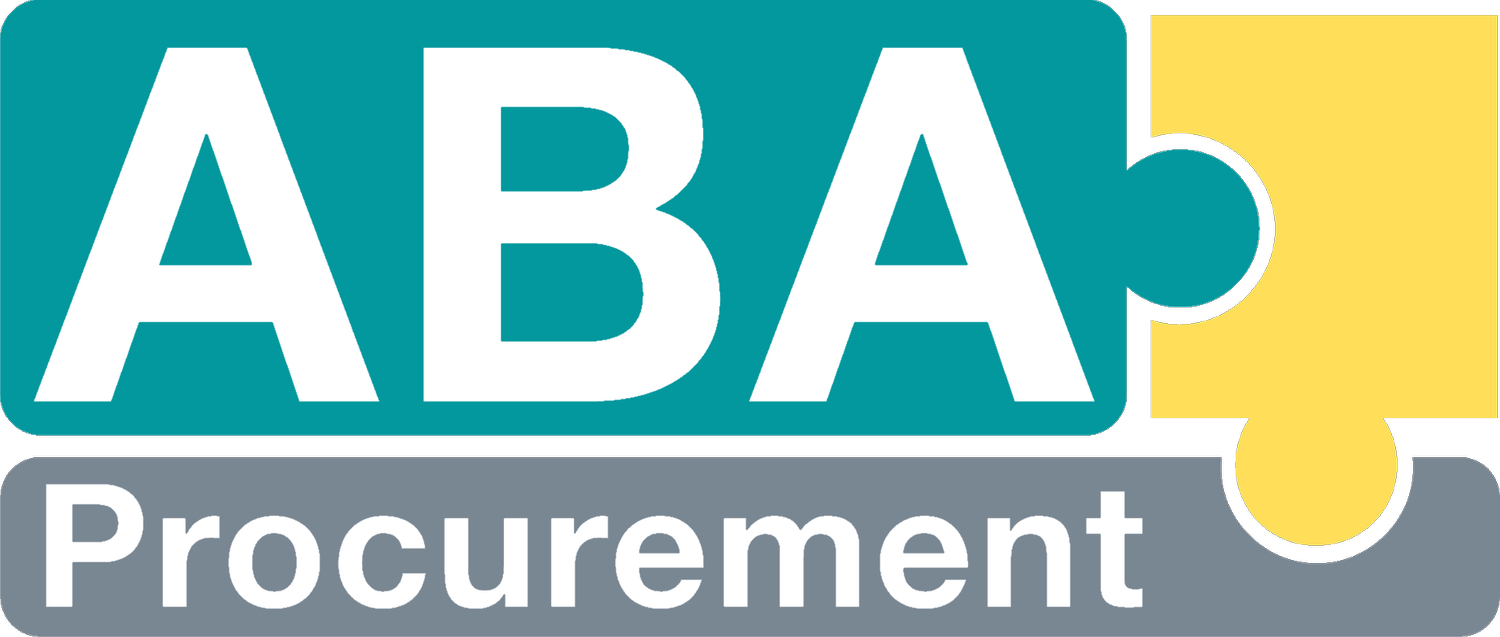Porter’s Five Forces and the Taylor Swift Cinematic Universe
Porter’s Five Forces is a model for assessing profitability in a market.
People always ask how this can be applied in real life. I’ve found it to be super helpful when developing a category strategy or planning a new, large project. It can seem quite abstract until you apply it to real life situations, so here it is in the music industry: Porter’s Five Forces and the Taylor Swift Cinematic Universe (TSCU).
Buyer Power
Most artists’ income comes from live shows and sales of merchandise. This means Taylor’s customers are the individuals who listen to her music and who are likely to spend money on concerts etc.
This means Taylor has millions of small customers and no single customer has any power to influence pricing. For example, I can’t call up Ticketmaster and negotiate the price of my Eras Tour ticket (I wish I could!).
However, each of these individual customers can switch easily between suppliers of music. There are thousands of artists to listen to and lots of demands on their personal disposable income.
Overall, Buyer Power in the industry is small and means Taylor has the power to set prices according to market trends and customer demand.
Supplier Power (Taylor’s Version)
The suppliers of musical artists are companies who publish and promote music for listeners. These suppliers have an iron grip on music publication and it’s difficult for an artist to reach listeners without them.
Think of how you consume music: Can you do it without Spotify, Apple Music or a record label that sells physical vinyls and CDs?
Artists such as Prince, Def Leppard and Bowling For Soup have tried to take control of their own music but it has taken an artist with the influence of Taylor Swift to make re-recording their records notable and profitable.
Similarly, streaming platforms such as Spotify and Apple Music dictate the revenues given to artists per stream.
In the TSCU, suppliers are hugely powerful.
(P.S. The set up of Taylor show’s is always incredible, if the team ever need some help procuring it, I’m definitely ready for it…)
Threats of Substitutes
We’ve pinpointed that an artist’s customers are the individual listeners and the next question to ask is what substitutes there are to listening to their music.
When considering the Threat of Substitutes in Porter’s Five Forces model, we have to consider direct substitutes and substitutes from other industries. For example, a substitute for owning a car is a good public transport network.
In which case, the substitutes for listening to Taylor’s music include:
· Music from other pop artists
· Music from other genres
· Radio
· Podcasts
· Audiobooks
As the customers are consumers, there’s a large range of ways that they could be spending their time and money.
This is Taylor Swift looking DIRECTLY IN BETH’S EYES and you can’t convince her otherwise
Threats of New Entrants
This part of the model asks us to consider whether it’s easy for new competitors to enter the market. If it’s difficult, it’s because there are lots of barriers to entry. Barriers to entry normally include factors like a high set up cost, customer loyalty and lots of regulations.
If we look at the history of pop acts, it would be easy to assume that popstars are replaced regularly, suggesting that there’s a high threat of new entrants.
New technology such as streaming platforms and social media sites like TikTok are making it easier for artists to reach listeners all over the world. Additionally, AI technology has been used to generate music, threatening the livelihoods of artists.
Perhaps that’s why Taylor has built high levels of loyalty from her fans, which can be seen by the quantity of fans who have supported the re-releasing of old music.
Even with that loyalty, I’d still argue that there is a high threat of new entrants to the market.
“Remember: If you get asked in an exam, Porter’s Five Forces is used to analyse the micro environment. STEEPLE is used to assess the macro environment.”
Competitive Rivalry
The fifth and final Force is the level of competitive rivalry in the market. This force asks us to analyse how much each organisation in the market is fighting against each other, causing them to lower prices to keep customers.
An example of a market with high competitive rivalry is supermarkets in the UK. Supermarkets are constantly fighting for each and every customer with claims of lower prices or higher quality than their rivals. This forces down prices in the industry.
If we look at the Pop music industry, we can see that the artists are not competing in this way. They will collaborate on songs together and attend each others’ live shows, showing support for their music rather than competing for the same customers.
Putting it all together
So overall, how profitable is it to be Taylor Swift?
There’s a lot of factors pushing down profits for individual artists in the industry: high supplier power, threats from new entrants and lots of substitutes. However, successful artists have been able to leverage their fans to build up high customer loyalty and they don’t have high rivalry with their competitors, allowing them to sell high volumes of content.
What do you think, which of these forces have enabled Taylor to be so profitable and dominate the industry?




